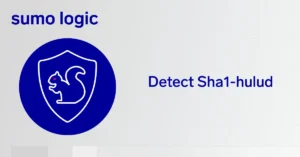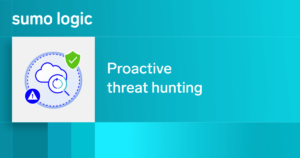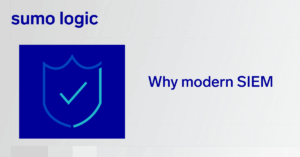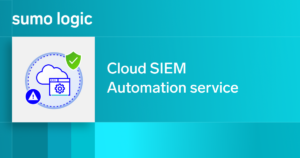
Sumo Logic’s 2025 Security Operations Insights report doesn’t just survey the field—it speaks for the SOC. From stacked queues and stale alerts to automation that never fires and dashboards that scroll but don’t inform, this report puts numbers behind what every analyst and CISO has felt for years: the system needs a reset.
But this isn’t a story about failure. It’s a wake-up call—and a blueprint. Below are the clearest lessons we took away from the data and how forward-leaning security teams are translating those findings into action.
SIEM infrastructure requires modernization
Finding: 75% of security leaders are actively evaluating new SIEM solutions, with most organizations having used their current systems for three or more years.
What it means: Modern security environments generate unprecedented volumes of telemetry data from cloud services, APIs, SaaS applications, and container orchestration platforms. Legacy security information and event management (SIEM) systems struggle to process this data at the speed and scale required for effective threat detection, as cloud-first banking platform, Mambu, discovered when their legacy SIEM failed to detect key blind spots in their telemetry data.
Why it matters to you: Organizations should prioritize SIEM platforms architected for cloud-native environments that can ingest and analyze data in real-time, enabling proactive rather than reactive security postures.
Contextual intelligence is essential for effective operations
Finding: 85% of respondents identify threat intelligence integration as a critical requirement for their next security platform, with equal emphasis on behavioral analytics and User and Entity Behavior Analytics (UEBA).
What it means: The challenge facing modern (intelligent?) SOCs is not data scarcity but rather the lack of contextual correlation between disparate data sources. Effective threat detection requires understanding user behavior patterns, risk profiles, and historical context rather than relying solely on signature-based detection methods.
Why it matters to you: Implement security platforms that provide integrated behavioral analytics and automated risk scoring to transform raw alerts into actionable intelligence with appropriate priority classification.
Artificial intelligence has to address operational efficiency
Finding: 90% of respondents consider advanced AI capabilities extremely or very important when selecting security platforms, primarily to address alert volume challenges averaging 10,000 alerts per day.
What it means: AI implementation in security operations should focus on reducing analyst workload through intelligent alert correlation, behavioral modeling, and incident summarization. Required AI capabilities include duplicate alert consolidation, adaptive baseline establishment, and contextual incident narratives.
Why it matters to you: Evaluate AI-enabled security platforms that enhance analyst productivity through intelligent automation rather than attempting to replace human expertise. Focus on solutions that provide clear explanations for AI-driven decisions to build analyst confidence and competency.
The requirement for automation to deliver measurable outcomes
Finding: While 84% of organizations want built-in automation capabilities, only 28% report satisfaction with their current automation implementations.
What it means: Many automation initiatives focus on alert routing rather than actionable response capabilities. Effective security automation should execute response actions such as account disabling, case documentation, and stakeholder notification without manual intervention.
Why it matters to you: Implement automation frameworks that integrate detection and response capabilities within unified workflows. Establish robust testing and version control processes to ensure automation reliability and organizational confidence.
SIEM platforms MUST drive return on investment
Finding: Only 50% of security leaders report satisfactory ROI from their SIEM investments, with 95% expressing concerns about vendor lock-in.
What it means: Poor ROI often stems from operational inefficiencies caused by fragmented toolsets requiring multiple interfaces and manual data transfer processes. These inefficiencies contribute to analyst burnout and reduced threat detection effectiveness.
Why it matters to you: Prioritize security platforms offering open APIs, portable detection rules, and flexible data models to enable seamless integration and reduce operational complexity.
Final thoughts
This report shows that security operations modernization is both necessary and achievable through strategic technology investments and operational improvements. Success in modern security operations requires SIEM platforms that integrate visibility, contextual intelligence, artificial intelligence, automation, and streamlined workflows into cohesive systems that enhance rather than burden analyst capabilities.
Explore the full findings in the report.
Curious how Sumo Logic works? Get a demo.




